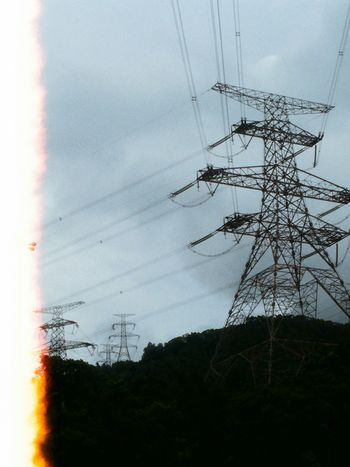Analysis of Integrating Artificial Intelligence Models in the Operation of the Colombian Electric System
Electric system operation presents a formidable challenge for operators. Daily, teams of individuals are entrusted with the planning and management of interconnected electrical systems. Research endeavors seek to delineate the safe and dependable operation of these systems, with specialists conducting diverse analyses to comprehend system behavior, pinpoint deficiencies, and tackle the escalating penetration of variable energy resources to the bulk power system, as well as distributed generation integration. Studies strive to define the safe and reliable operation of these systems, with experts conducting various analyses to understand system behavior, identify shortcomings, and address the growing demand for the integration of unconventional and distributed generation.
By CIGRE Study Committee C2 Team
The CIGRE C2.5, a Colombian nationwide working group, had as its primary objective to identify the requirements of XM S.A.S E.S.P to cope with current and future challenges as the electricity system operator, and to suggest enhancements through artificial intelligence models for such challenges. These requirements became projects in the working group, each one designed to explore new avenues and to solve such challenges by implementing the proposed solutions.
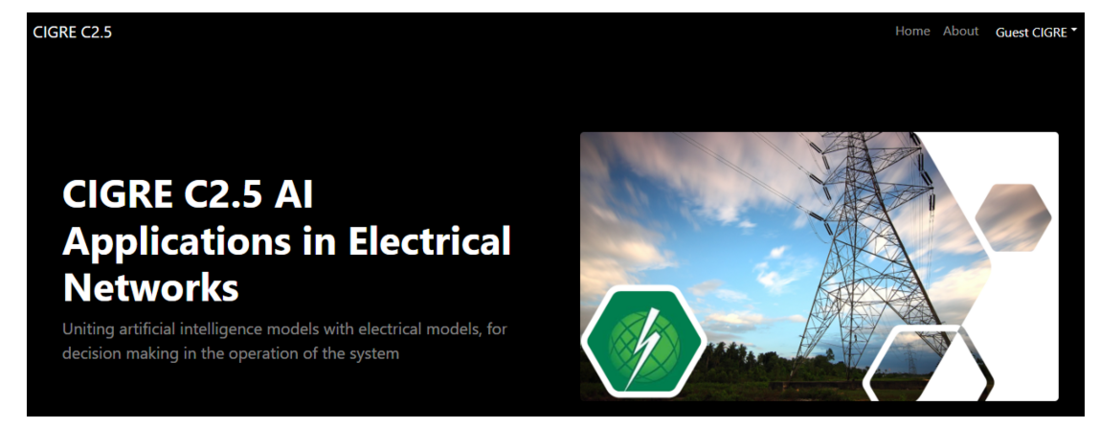
Figure 1 - CIGRE C2.5 web page [1]
Projects definitions to CIGRE C2.5
In the planning and operation of electrical systems, various actions are undertaken to maintain system reliability, however, some challenges require innovative and diverse strategies. Analysts aim to solve non-conventional and difficult challenges with new and promising ideas in order to continue to have a safe and reliable operation. For this working group, the pursuit of solutions focuses on presenting robust models and employing approaches such as exact optimization, metaheuristic techniques, or hybrid models.
Among the tools available, the artificial intelligence (AI) models emerge. Their utilization in industry circles is not extensive, and the current available models are not meticulously understood, leading to a solution that behaves like a black box model, lacking rigorous control over the internal problem-solving process. This limitation implies that the adoption of these models in the field of electrical systems has been gradual and confined to specific processes due to the critical infrastructure nature of such systems.
Historically, the forecasting process has rigorously employed statistical prediction models, but there has been a noticeable growth in the use of artificial intelligence models for short and medium-term forecasts in time series. XM S.A.S E.S.P has identified the potential significance of incorporating these models into the planning and operation processes. In this context, two groups within the C2.5 have been established for the exploration of these models (see Figure 2). The first group focused on smaller, unsupervised plants, typically known as small hydro power plants, to anticipate daily dispatches while the second one is dedicated to evaluating and validating secure operating regions, aiming to support daily reliability studies in the day-ahead dispatch activities.
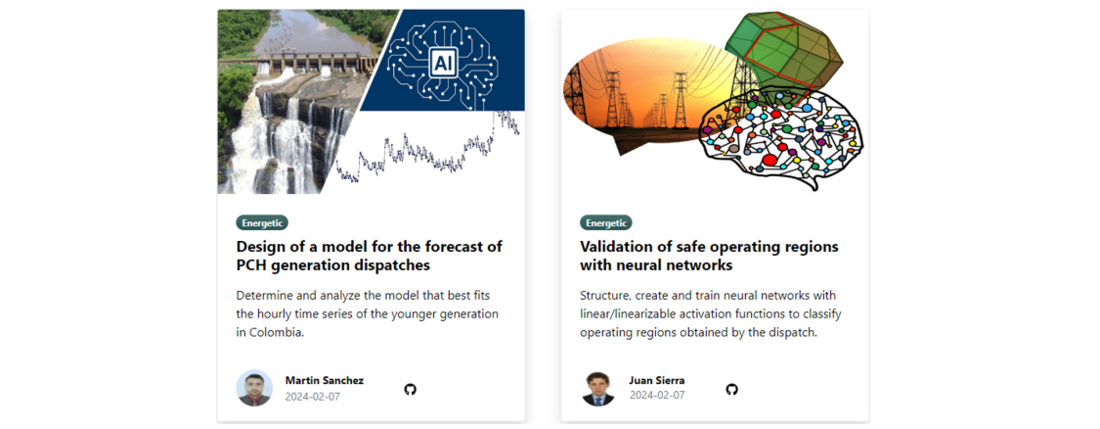
Figure 2 - Selected Projects for Work in the CIGRE C2.5 Group [1]
Model design to forecast small hydro power plants generation
A Small Hydroelectric Power Plant, which are known in Colombia as PCH by its acronym in Spanish, harnesses the potential and kinetic energy of small bodies of water for electrical generation. Not requiring dams and featuring water intakes, PCHs generally have a reduced environmental impact. The global definition of PCH lacks precision in terms of installed capacity and varies across countries. In Colombia, PCHs are categorized between 500 and 20,000 kW, operating in run-of-the-river mode [2].
For data extraction, the records of the real generation of the year 2021 was used through the XM API with the pydataxm library in python [3]. The data was manipulated to have it as time series data, and it was grouped according to the type of Water Edge resource. As important metrics we found:
- The minimum generation in an hour is 253.12 kWh and the maximum is 641,522 kWh.
- The accumulated hourly generation of PCHs follows a pattern like that of energy demand, with generation peaks during hours of maximum demand.
- A seasonality is observed in generation from PCH with a decrease in the amount of energy dispatched from April to June, where it resumes a path of growth.
- Regarding aggregate data by type of day and quarter, there is no strong trend that marks generation from PCH.
In Figure 3 the left graph illustrates the combination of time series data from all PCH present in the national dispatch, along with the results of statistical analyses. A moving average approximation is applied to smooth the time series, while the rolling standard deviation does not reveal conclusive patterns in the time series. On the right-hand, the analysis of time series is presented using a Long Short-Term Memory (LSTM) neural network. The results show that there is an accurate prediction of dispatch data from the generation units. However, it is necessary to proceed with a careful selection of data, such as quarterly or semiannual segmentation, and validate whether there is an improvement in results.
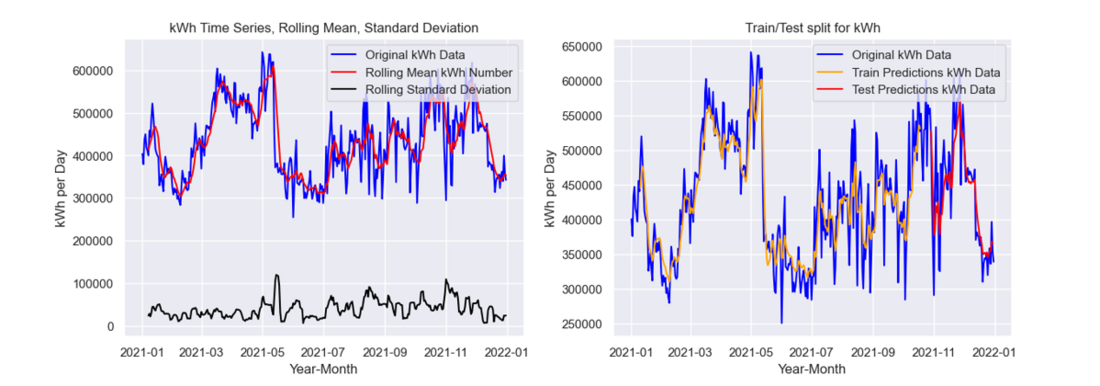
Figure 3 - Graph and Analysis of Small Hydro Dispatch Data
The results obtained in this project indicate that the use of AI models in the prediction of generation dispatches yields positive outcomes, supporting their integration into the conducted electrical analyses.

Validation of safe operation regions with neuronal networks
In Colombia, the system operator (SO) plans the economic and safe operation of the system, supporting its decisions through optimization algorithms. Due to the complexity (NP-HARD) of AC dispatch, approximations like the DC model are used. Solutions are then validated using electrical simulation software, ensuring safe system operation under steady-state conditions (load flow), single contingencies (N-1), and events (dynamic simulations). Recommendations are derived from this process to refine the optimizer's solution, iteratively repeating until system operation is ensured under current regulation criteria.
The most relevant works to achieve a quick network validation so far are those described by the Technical University of Denmark [3], where authors have led research using neural networks to address problems like ours. The dataset will be generated from simulated data, mimicking the activities performed by the system operator to date. The economic dispatch problem is decoupled, so:
- A bus system will be proposed in MatPower for electrical validations.
- An optimization algorithm (in MatLab or Python) will perform a single node DC economic dispatch, using the load scenario generator described in [4].
- The optimizer's output will serve as input for MatPower, where AC flows will be evaluated for steady-state and single contingency conditions to ensure transmission line thermal limits are not violated.
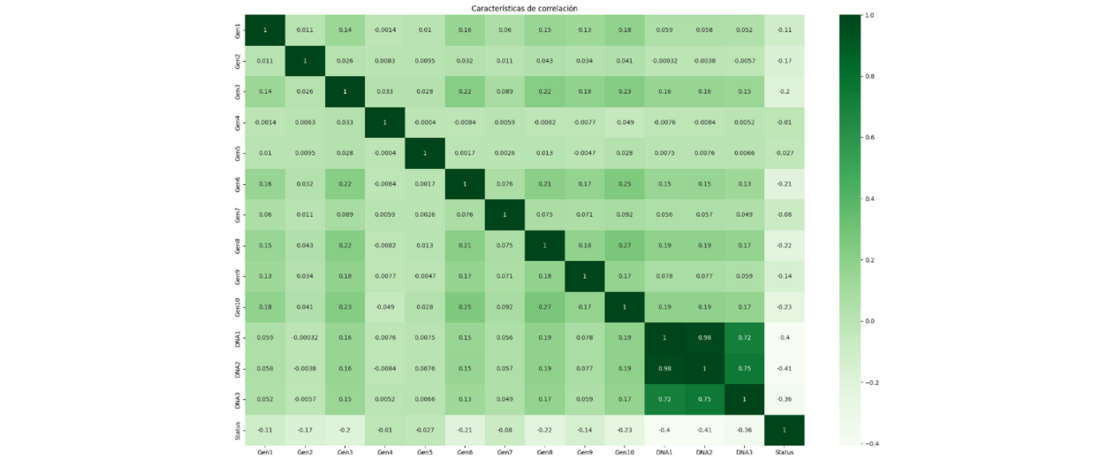
Figure 4 - Correlation plot between generators, load shedding, and status label
Correlation plots reveal high dependence on unmet demand, nearing 1.0, while correlations among generators are relatively small. Correlation may be compromised as generators cannot exceed their effective capacity, introducing additional non-linearities to data analysis. Future work should seek alternatives to represent this behavior without biasing generated data.
An algorithm is developed to approximate Colombian SO cases; however, exploratory analysis reveals high correlation with unmet demand, suggesting a trivial solution for classifying safety. Due to challenges in generating a reliable dataset, better strategies are sought to reflect required information, enabling adequate analysis with AI algorithms.
Conclusions
The growing complexity of electrical systems demands the use of advanced tools to support planning and operation studies. Artificial intelligence has proven to be invaluable in various industrial sectors, and within the field of electrical systems, various neural network techniques provide models that offer an additional perspective for planning and operating power systems securely.
The results of this group represent a small step towards the integration of emerging technologies in electrical systems. Although the findings from their studies did not reach definitive conclusions for immediate application in real-world operations, there is a significant potential envisioned for future development stages. The data and discoveries generated by this team provide a solid foundation upon which progress can be made, anticipating the possibility of overcoming obstacles and moving towards effective implementation. This initial progress highlights the importance of continuous research and the refinement of techniques, emphasizing the crucial role that interdisciplinary working groups play at the forefront of innovation in the electrical field.
References
- CIGRE C2.5 web page
- Mining and Energy Planning Unit -UPME, «Atlas of the Hydroenergy Potential of Colombia,» 2015. [Online]
- A. Venzke and S. Chatzivasileiadis, "Verification of Neural Network Behaviour: Formal Guarantees for Power System Applications," in IEEE Transactions on Smart Grid, vol. 12, no. 1, pp. 383-397, Jan. 2021, doi: 10.1109/TSG.2020.3009401.
- Acevedo, Walter & López-Lezama, Jesús & Colomé, D.G. & Cepeda, Jaime. (2021). “Long-term voltage stability monitoring of power system areas using a kernel extreme learning machine approach”. AEJ - Alexandria Engineering Journal. 61. 1353-1367. 10.1016/j.aej.2021.06.013.
- API XM del Mercado de Energía Mayorista colombiano, 2023. [Online]
Thumbnail credit: Black_Kira on iStock
